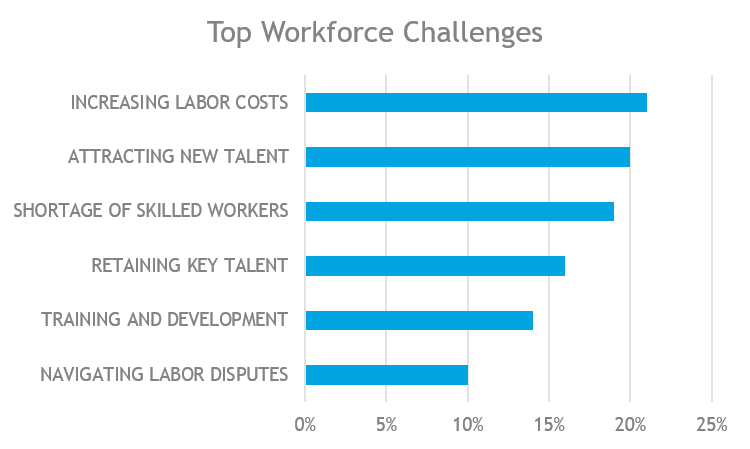Identifying Business Debt
First, let’s delve into what constitutes tech business debt. It’s a term that encapsulates technical debt, financial debt, and talent debt, among others. These debts have the potential to hamper growth, stifle innovation, and curb profitability.
Dealing with business debt effectively and efficiently requires a multi-faceted strategy. Here, we’ll explore various strategies that businesses can use to reduce these debts and maximize profitability.
Cutting Down Technical Debt
Technical debt often looms large in tech businesses. It relates to the extra development work that arises when code that is easy to implement in the short run is used instead of applying the best overall solution.
To keep technical debt in check, first, establish a debt ceiling. By setting a limit to technical debt, tech companies can maintain control over it. Continually review and refine your product’s architecture to keep it simple and scalable.
Next, foster a culture of refactoring. Regularly revisiting and revising your code base can help keep technical debt at a minimum.
A source from TechRadar describes in-depth how embracing agile methodologies and best coding practices can help in reducing technical debt.
Managing Financial Debt
Addressing financial debt starts with meticulous budgeting. Carefully manage your resources, aiming for maximum efficiency. Remember to include a plan for debt repayment in your budget.
Further, you should keep a vigilant eye on your cash flow. Profitability doesn’t always equate to a healthy cash flow. Ensure your income adequately covers your expenses and debt repayments.
Using a debt collection agency could prove useful in recovering unpaid invoices, contributing positively to your cash flow.
Mitigating Talent Debt
Talent debt stems from not having enough skilled professionals to drive business growth. To tackle talent debt, first, invest in your existing team. Training programs can improve their skills and productivity, ultimately boosting your bottom line.
Then, outsource when necessary. If you lack in-house expertise in a specific area, don’t hesitate to hire external professionals. Outsourcing can sometimes prove more cost-effective than hiring full-time staff, as mentioned in this guide from Medium.
Leveraging Debt Management Tools
Harness the power of technology in debt management. Use financial management tools to track your expenses, incomes, and debts. Tools like QuickBooks, FreshBooks, and Xero offer comprehensive features for managing business finance.
Moreover, use project management tools to keep a tab on your technical debt. Tools such as Jira and Asana can help your team track and manage technical debt effectively.
Forbes has a great article on how to select the best debt management tools, including a comparison of the top contenders in the market.
Conclusion
Reducing tech business debt and maximizing profitability isn’t a one-time effort but a constant endeavor. By addressing technical, financial, and talent debts strategically and leveraging the right tools, businesses can pave the way to higher profitability. Stay vigilant, stay informed, and remember, every small step towards reducing debt counts.




